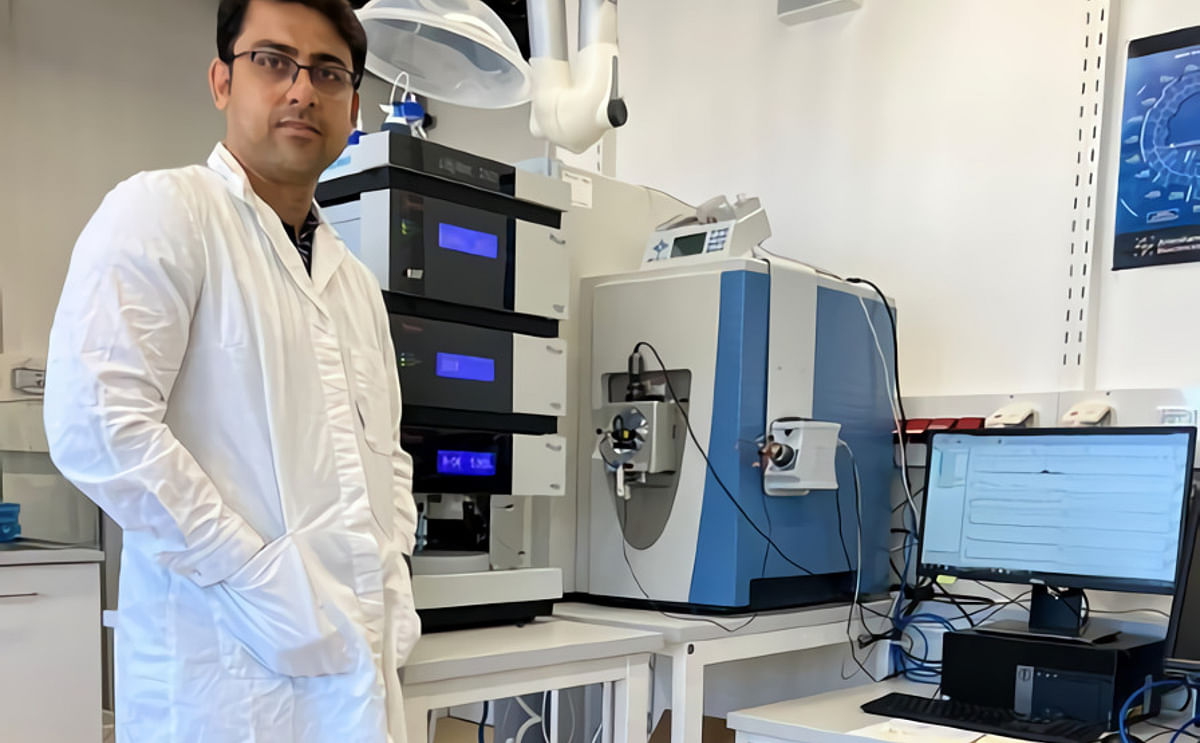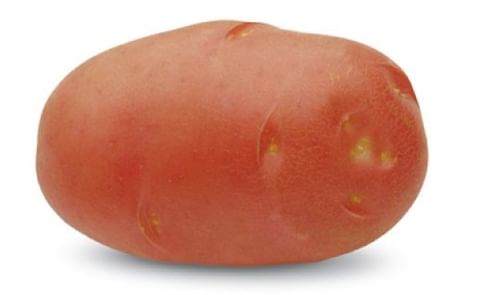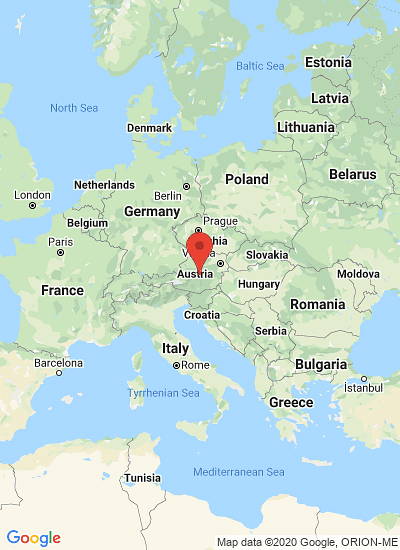Mass spectrometry and VIME platform at MOSYS lab in the University of Vienna (UNIVIE). Dr. Arindam Ghatak is leading the proteomics approach on potato multi-stress experiment.
Solapas principales
ADAPT news: Proteome profiling to understand multi-stress response in potato

The Horizon 2020 EU project Accelerated Development of multiple-stress tolerAnt PoTato (ADAPT), in which Europatat is participating, aims at developing new strategies to make potatoes fit for the challenging growth conditions of the future.
One of the main objectives of the project is to investigate potato morphological, physiological, biochemical and molecular changes in response to single and combined heat, drought and waterlogging stress by applying high throughput phenotyping and OMICS technologies (genomics, transcriptomics, proteomics, or metabolomics).
To get an unbiased comprehensive overview of the changes in the potato proteome (the sum of all proteins present) in response to different stress conditions, Dr. Arindam Ghatak from the University of Vienna has performed high-throughput proteomics profiling of the potato variety Desiree. The plants were grown in a pilot experiment that was performed at the project partner PSI in the Czech Republic.
For this complex analysis, all proteins were extracted and pre-fractionated before they were digested to be further analysed by mass spectrometry, which allows to detect several hundreds of different proteins in one sample and moreover, to quantify also their abundance.
The obtained data was then analysed using the Proteome Discoverer software (Thermo, Germany). For identification of the proteins, the in-house curated database for Solanum was used (generated by NIB Institute, Ljubljana, Slovenia). Some results of the potato proteomics profiling were:
One of the main objectives of the project is to investigate potato morphological, physiological, biochemical and molecular changes in response to single and combined heat, drought and waterlogging stress by applying high throughput phenotyping and OMICS technologies (genomics, transcriptomics, proteomics, or metabolomics).
To get an unbiased comprehensive overview of the changes in the potato proteome (the sum of all proteins present) in response to different stress conditions, Dr. Arindam Ghatak from the University of Vienna has performed high-throughput proteomics profiling of the potato variety Desiree. The plants were grown in a pilot experiment that was performed at the project partner PSI in the Czech Republic.
For this complex analysis, all proteins were extracted and pre-fractionated before they were digested to be further analysed by mass spectrometry, which allows to detect several hundreds of different proteins in one sample and moreover, to quantify also their abundance.
The obtained data was then analysed using the Proteome Discoverer software (Thermo, Germany). For identification of the proteins, the in-house curated database for Solanum was used (generated by NIB Institute, Ljubljana, Slovenia). Some results of the potato proteomics profiling were:
- In total, 10341 proteins were identified from harvest 1 (1 day after stress) and harvest 3 (8 days after stress). In harvest 1, the strongest proteome regulation was identified in waterlogging stress, where proteins categorized in signalling, lipid metabolism, and RNA binding were enhanced compared to controls.
Similarly, proteins attributed to photosynthesis and secondary metabolism were enhanced under heat stress compared to controls, providing the stress response mechanism of the proteome. - In accordance with harvest 1, harvest 3 also demonstrated that the strongest proteome regulation was identified in waterlogging stress, followed by heat and combinatorial stress of heat and drought.
Under waterlogging stress, proteins binned into the functional category of energy metabolism, 14-3-3 signalling was enhanced compared to controls and other stresses. - Based on the preliminary identification, waterlogging and heat stress demonstrated the strongest regulation at the proteome level compared to other stresses. However, it will be interesting to look at the proteome of the recovery phase compared to other harvest time points, especially during drought stress.
More data mining is ongoing to obtain in-depth information regarding the plants’ stress response mechanisms and recovery phase in the potato variety Desiree.
¿Te gustaría recibir noticias como esta por correo electrónico? ¡Únete y suscríbete!
Get the latest potato industry news straight to your WhatsApp. Join the PotatoPro WhatsApp Community!
Empresa Destacada
Variedades de papa mencionadas
Contenido Patrocinado
Contenido Patrocinado
Contenido Patrocinado
Contenido Patrocinado









